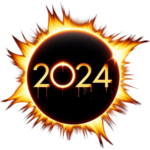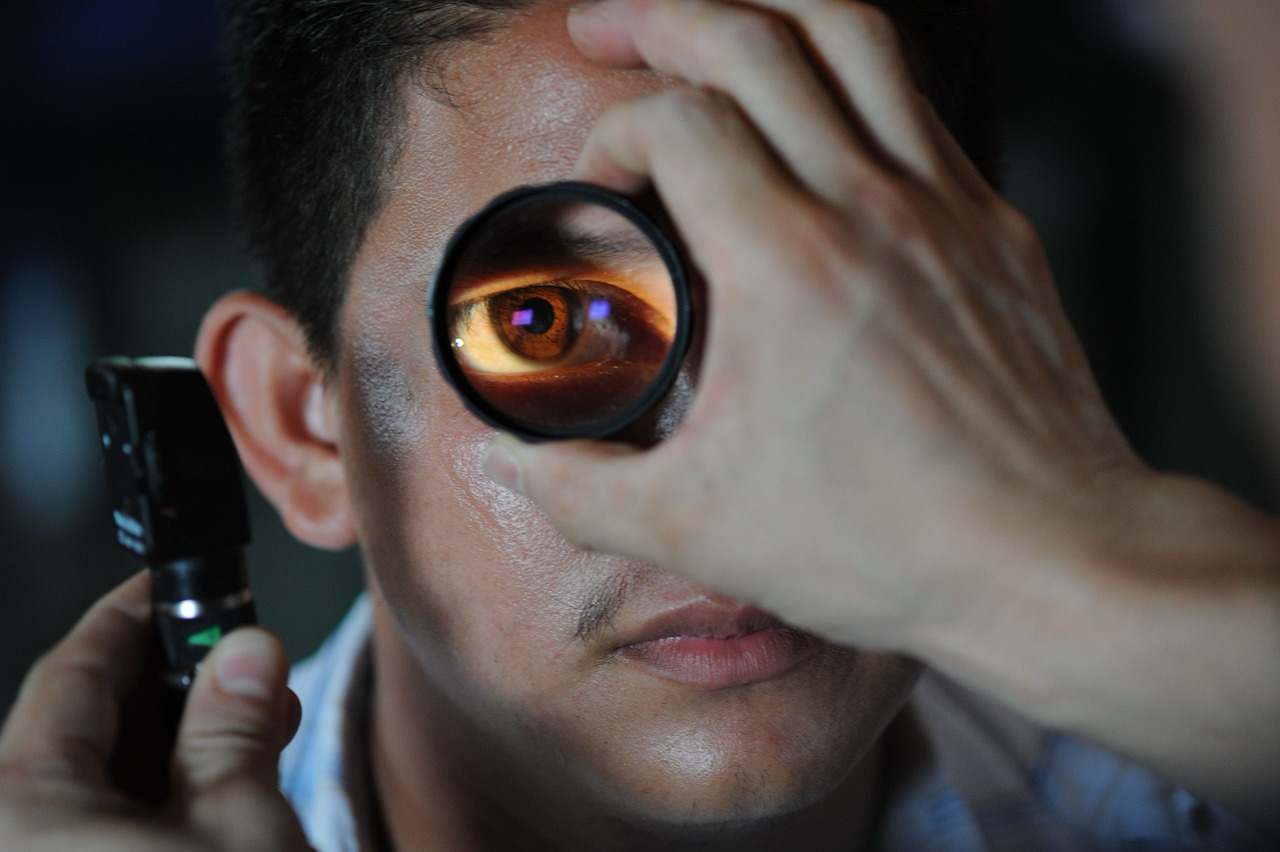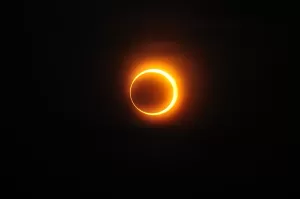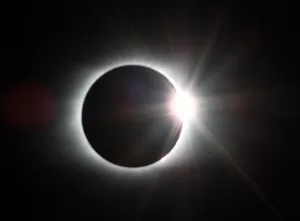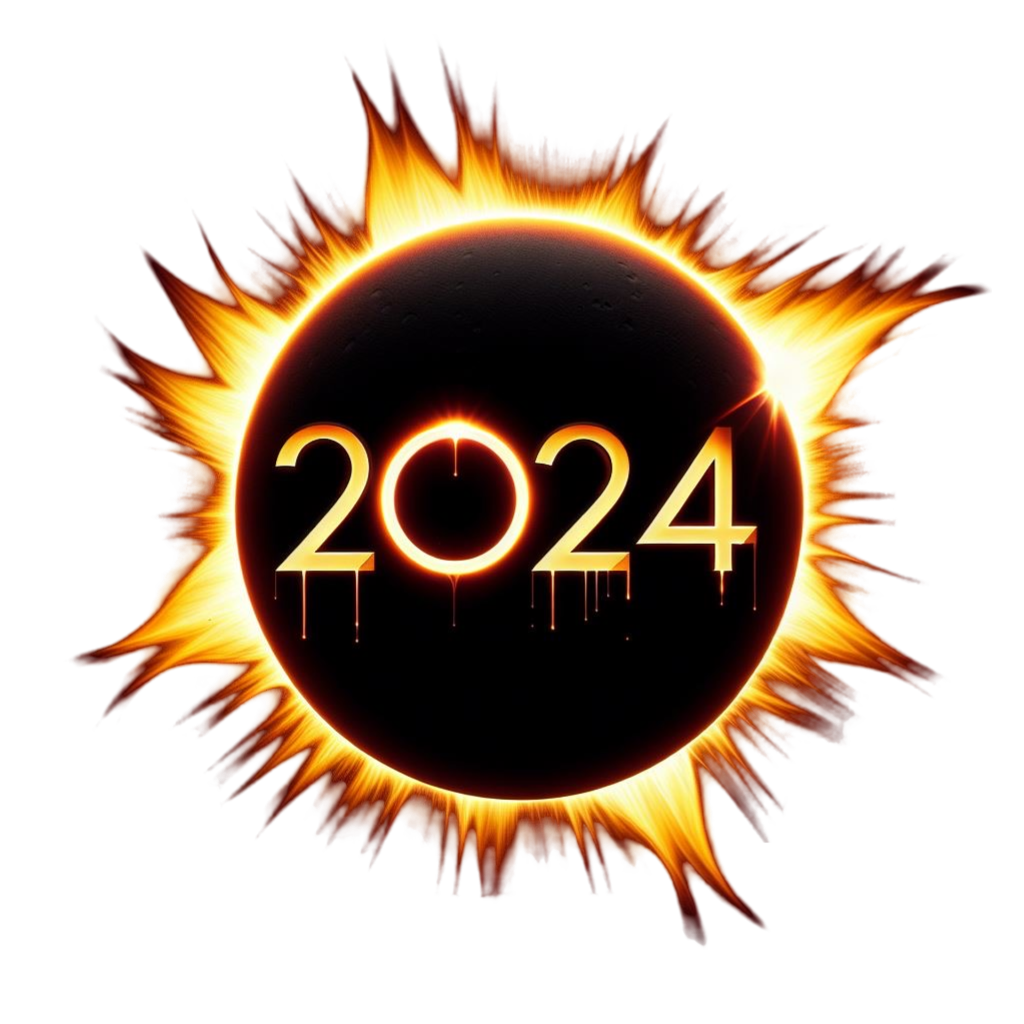It is very likely that those on the path of totality, and where there was a partial eclipse as well, were looking up at the sun throughout the duration of the eclipse event. However, this natural phenomenon carries a hidden danger: the potential for serious eye damage, if it was viewed without proper protection. The intense solar radiation during an eclipse can cause solar retinopathy, a condition where the retina—responsible for capturing light and sending images to the brain—gets burned.
Why They Said to Wear Eclipse Glasses
Eclipse glasses are designed with special solar filters to block harmful rays, making it safe to observe the eclipse. Without these glasses, you risk permanent damage to your eyes, as the retina does not have pain receptors to warn you of injury.
Recognizing the Signs of Damage
If you’ve viewed an eclipse without proper eye protection, be on the lookout for symptoms of solar retinopathy:
- Blurred vision
- A dark or empty spot in the center of your vision
- Sensitivity to light
- Distorted shapes and sizes
- Altered color perception
Experiencing any of these symptoms warrants immediate medical attention to try and mitigate long-term damage.
The Unique Risk of Eclipse Viewing
Viewing a solar eclipse poses a greater risk than looking at the sun on a regular day due to two main factors: pupil dilation and a false sense of safety. The reduced brightness during an eclipse causes our pupils to dilate, allowing more harmful solar radiation to enter the eye. Additionally, the dimmed light can create a misleading sense of security, encouraging prolonged exposure without adequate eye protection.
Conclusion
The awe of a solar eclipse can be safely enjoyed with the right precautions. Prioritize your vision by using eclipse glasses or other solar viewing devices. Understanding the unique risks of eclipse viewing further emphasizes the importance of proper eye protection to prevent irreversible eye damage.
